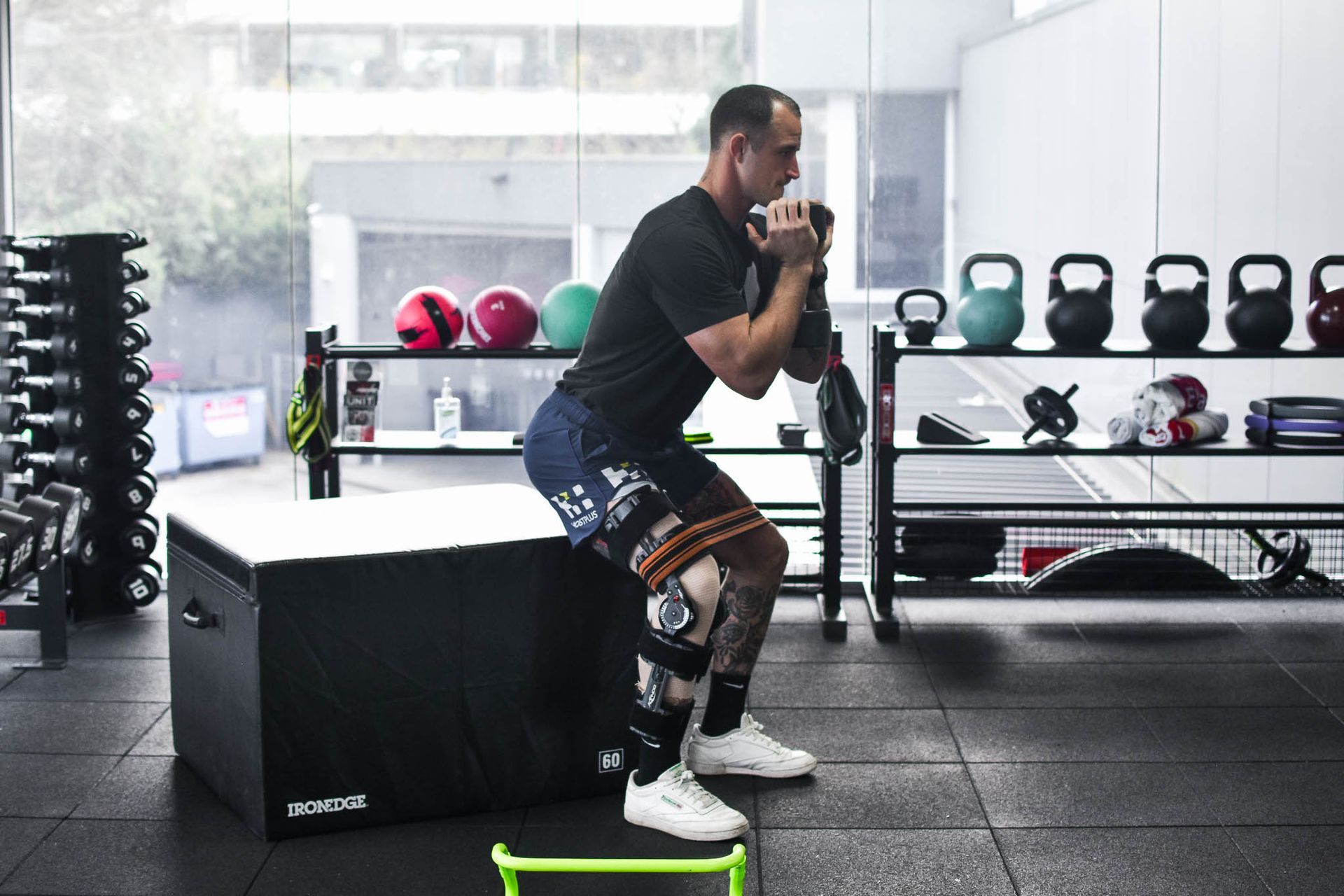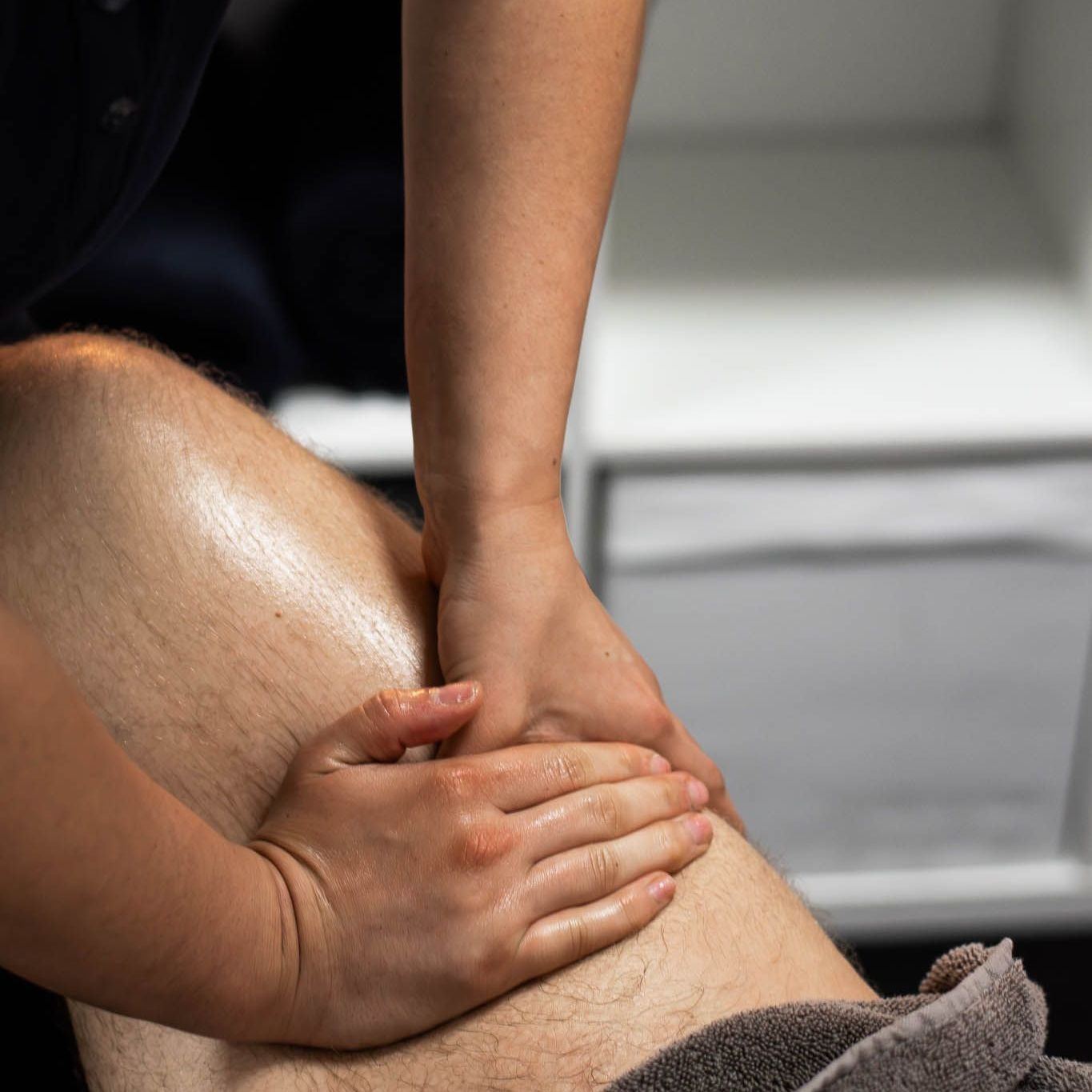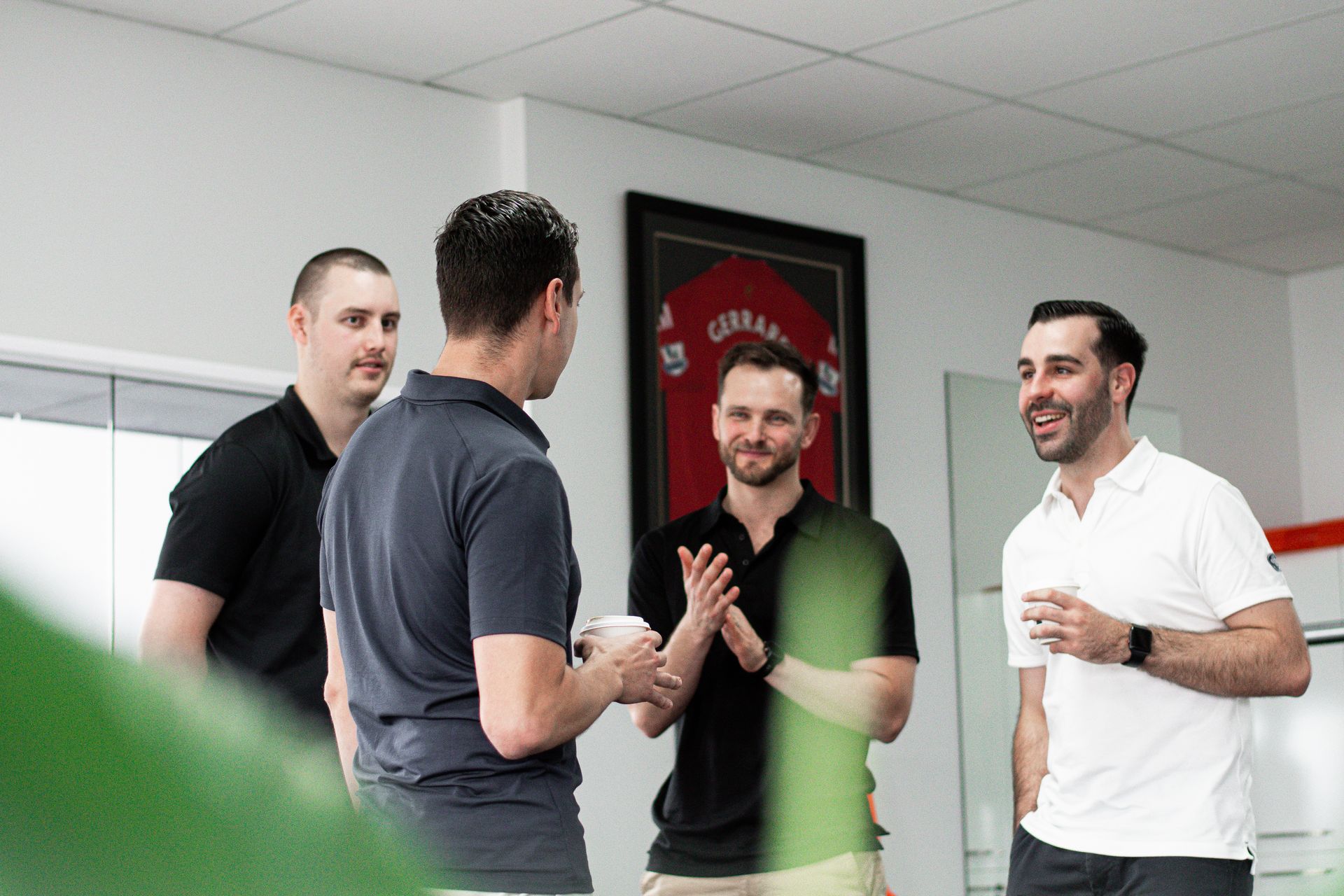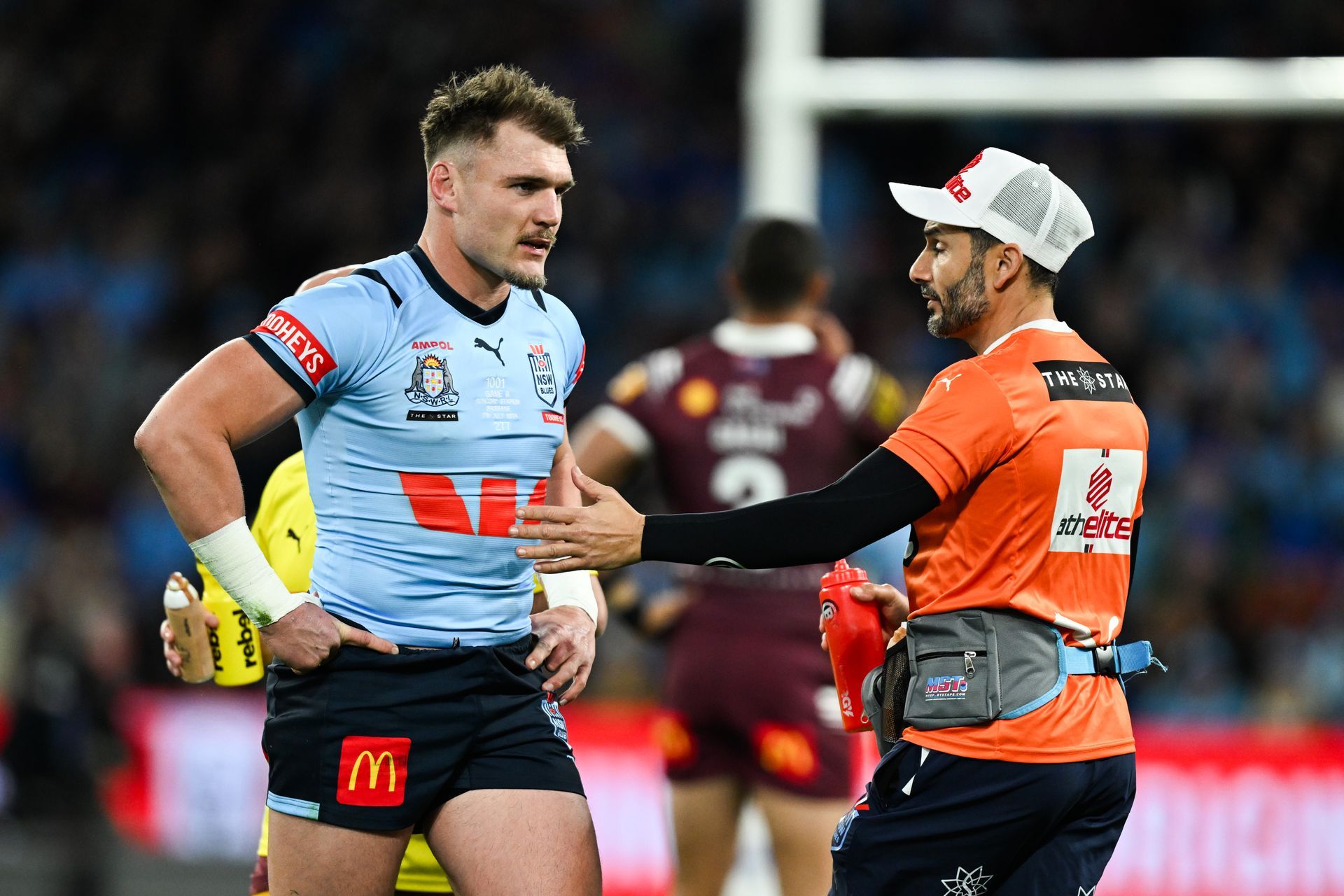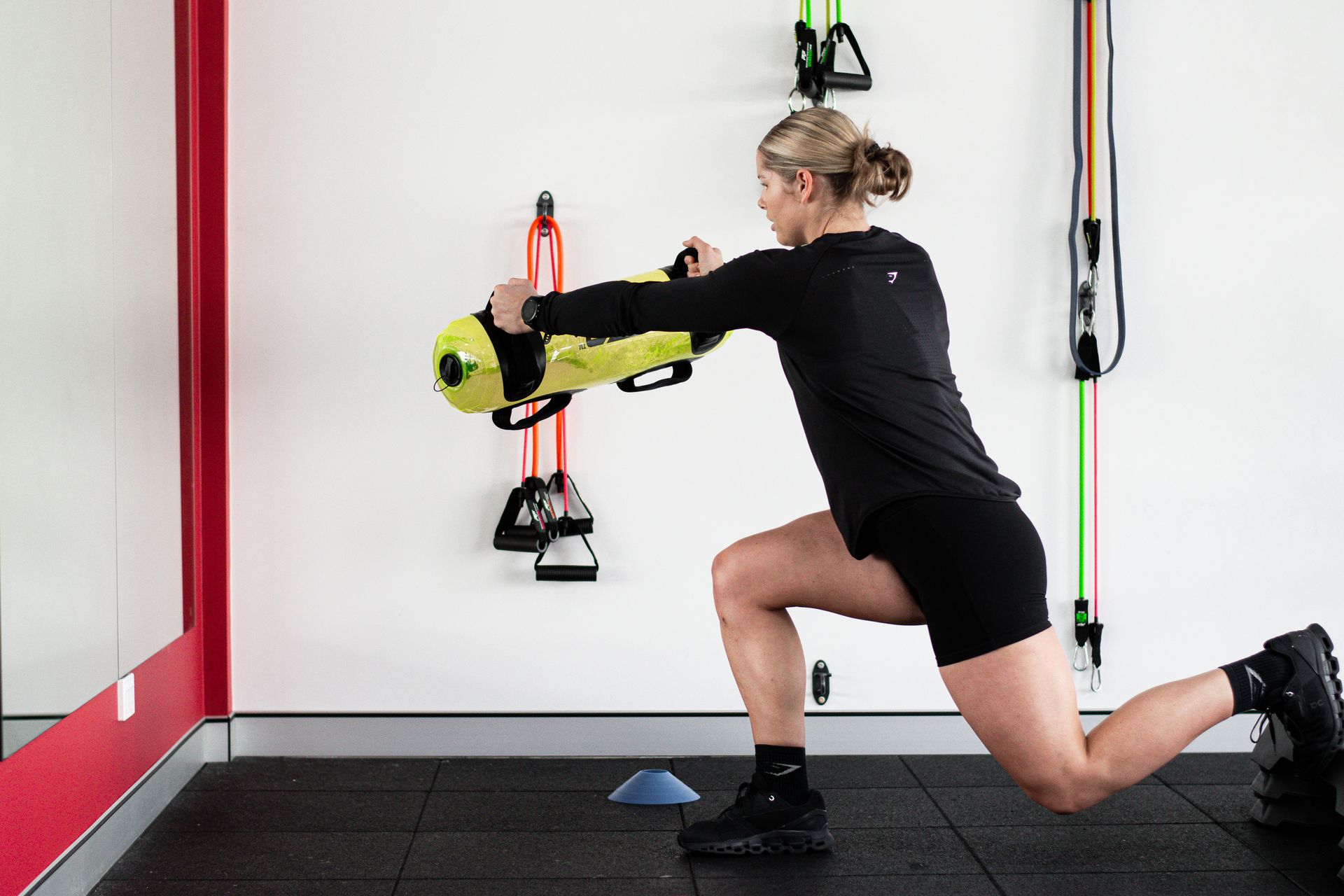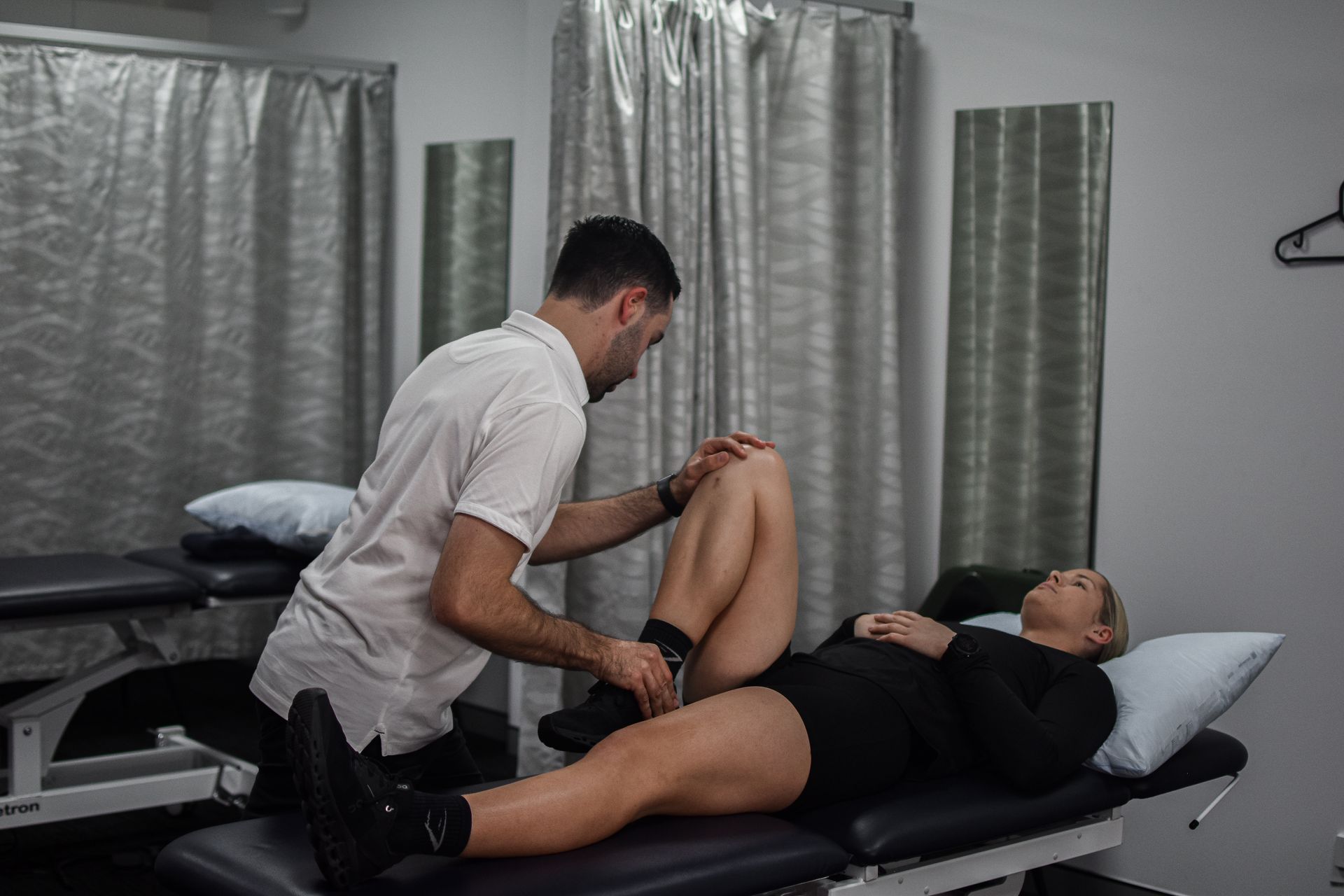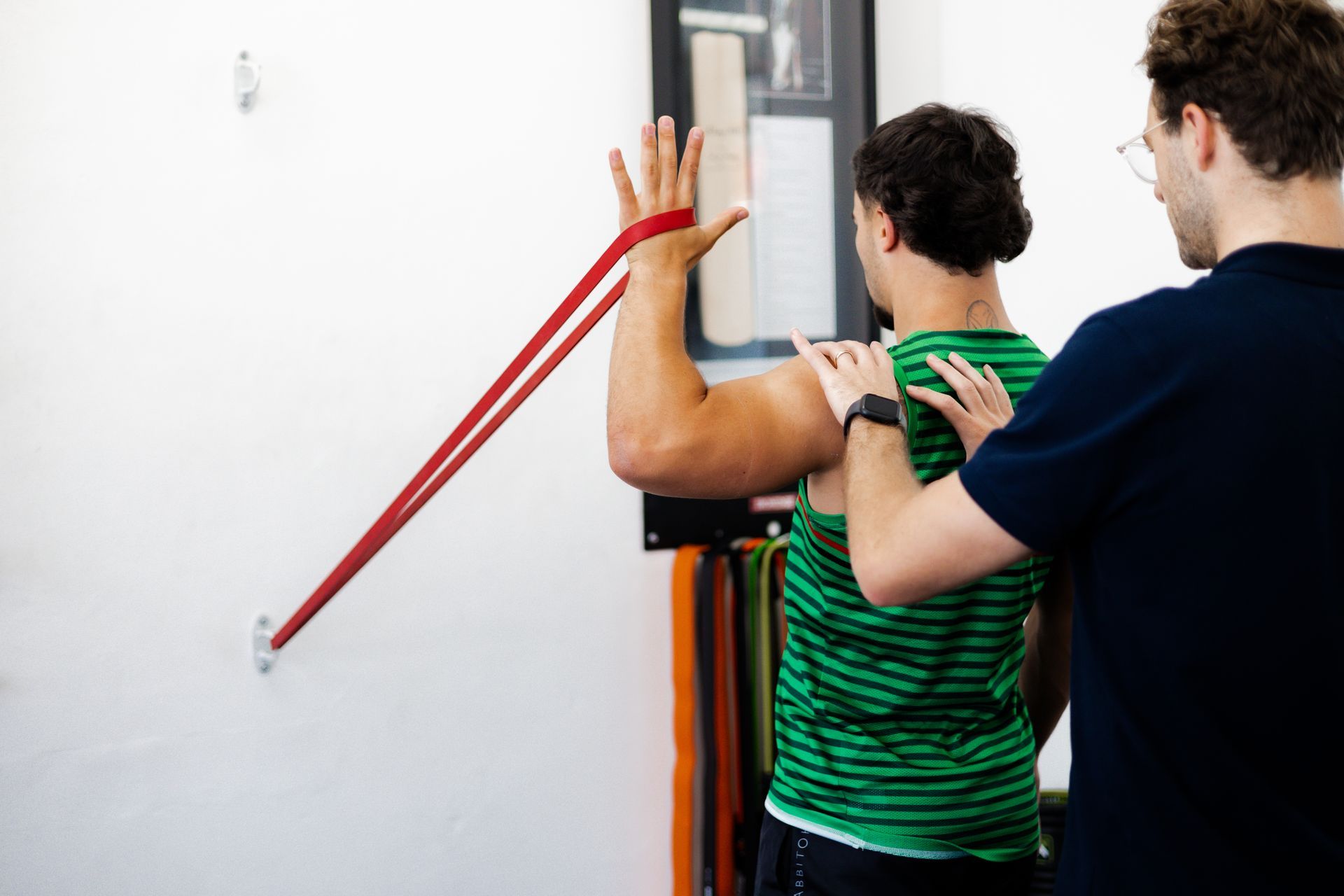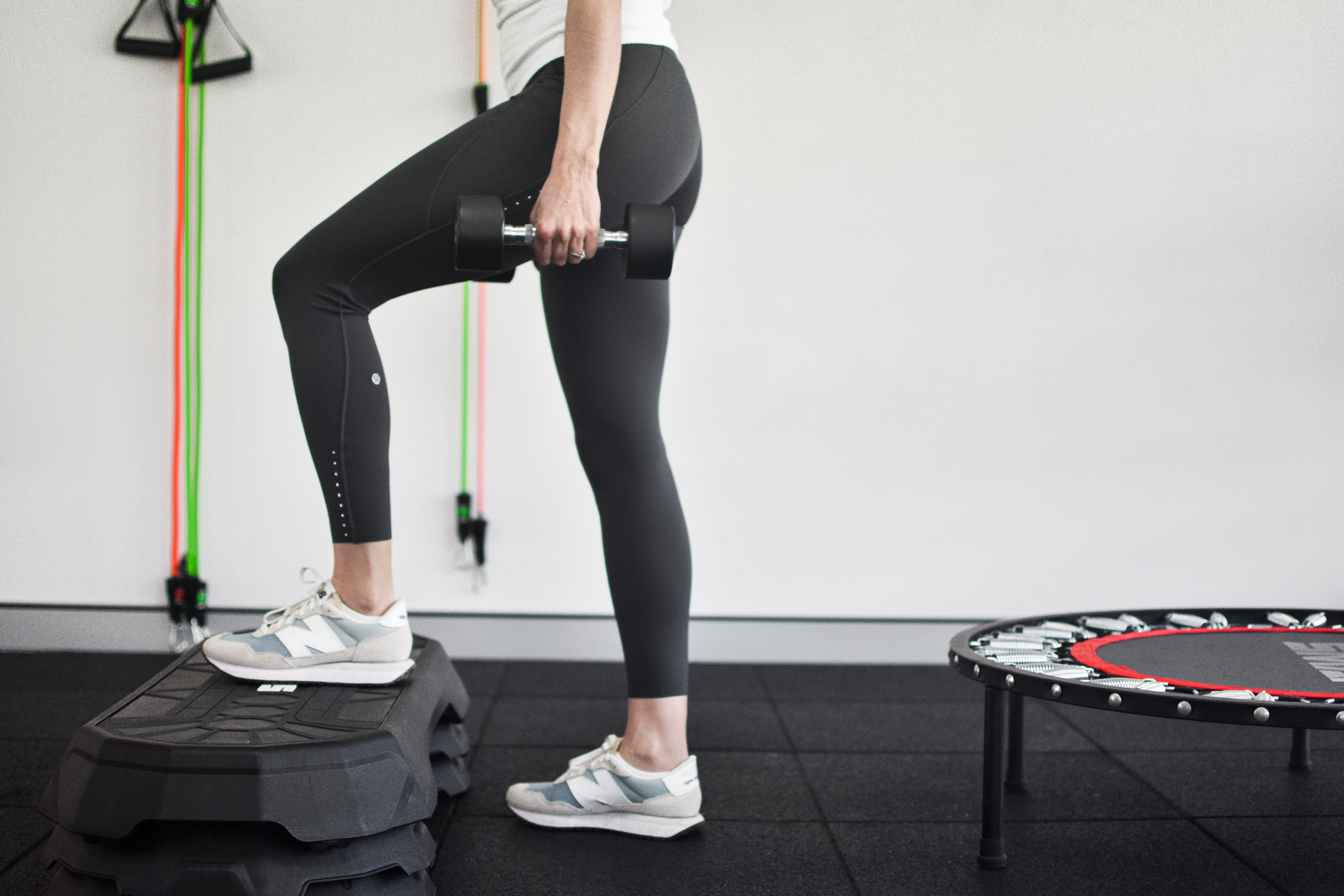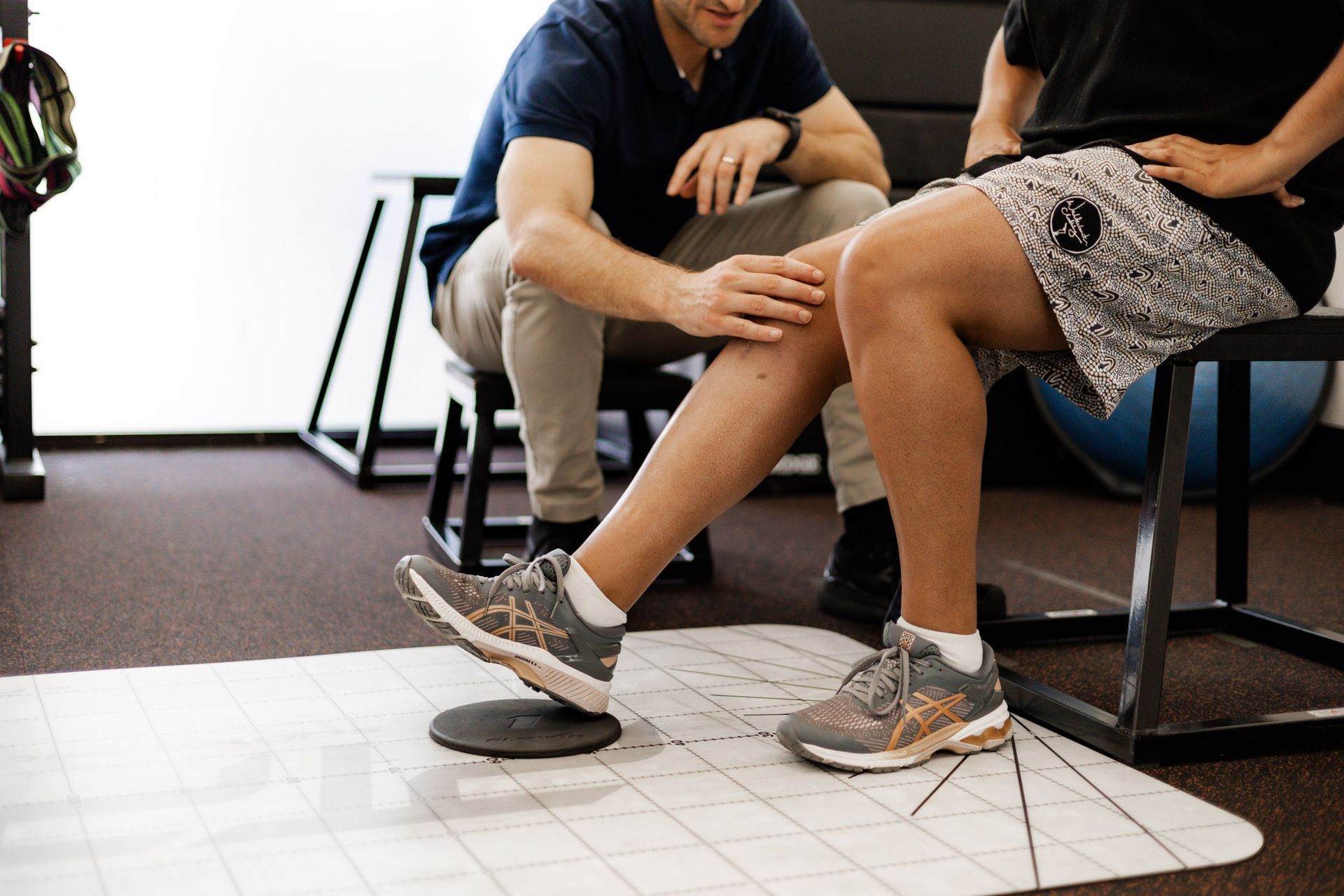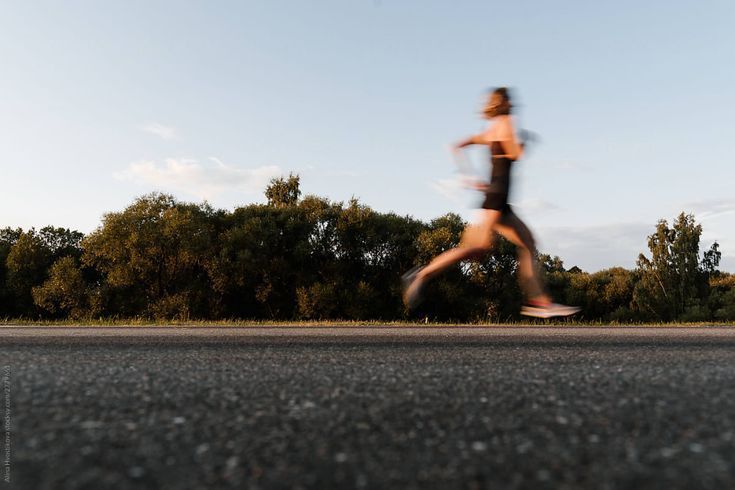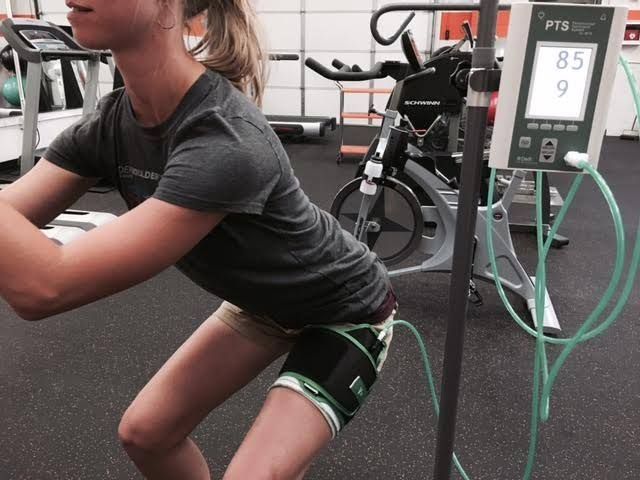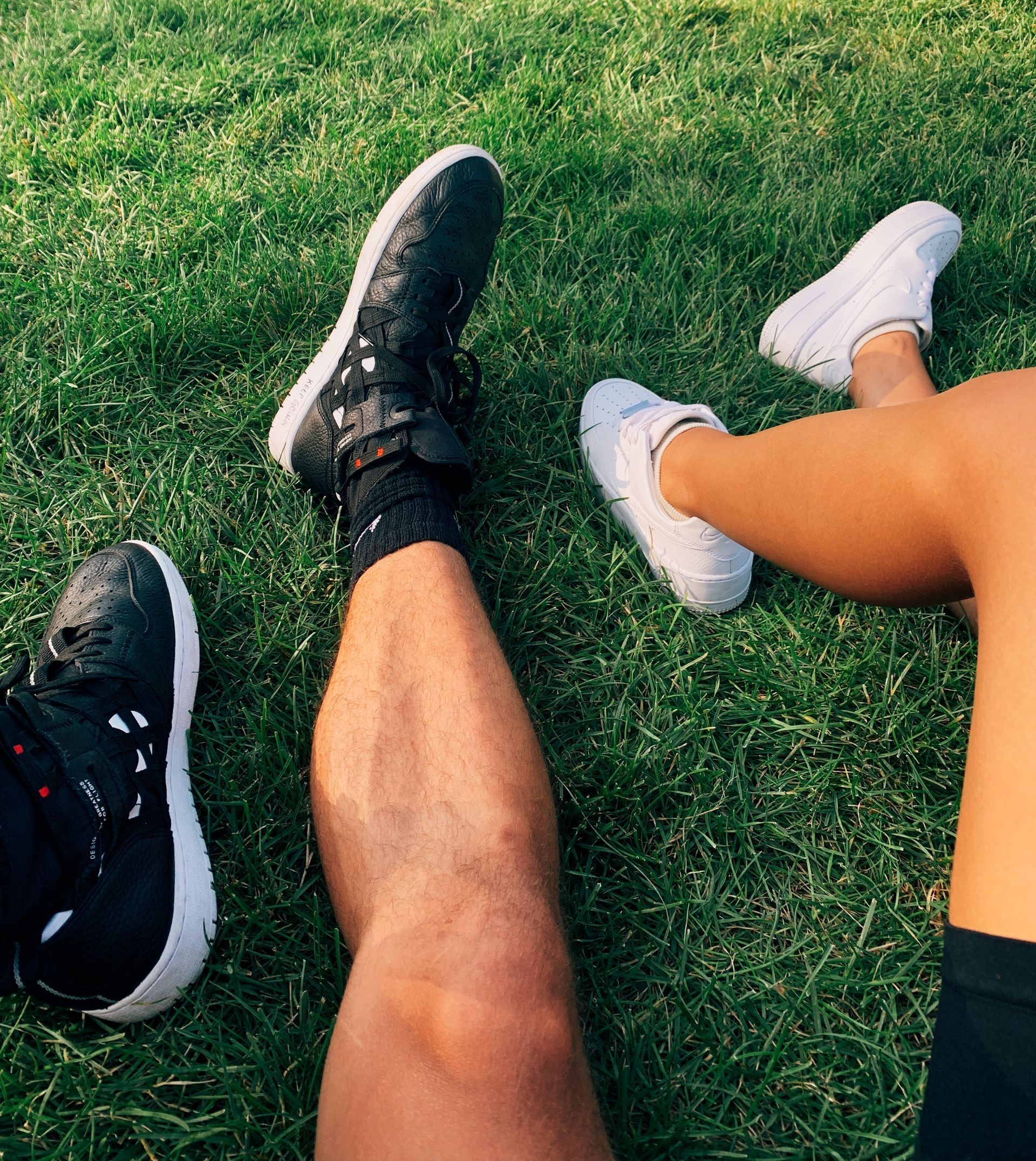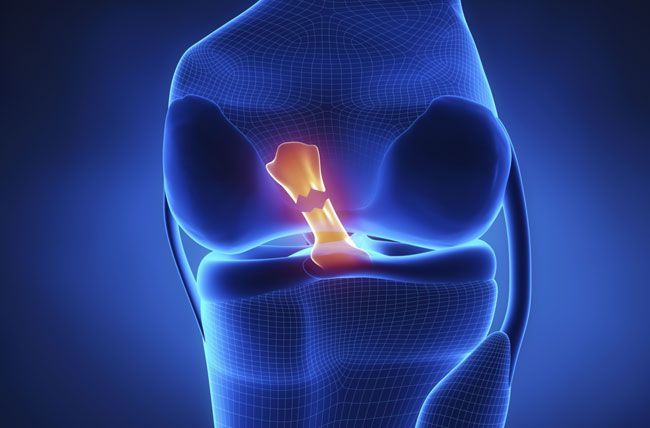How To Help Your Shin Splints
What Are Shin Splints?
Shin splints are a common overuse injury characterised by pain along the front of your lower leg near your shin bone. This pain is due to irritation from the overloaded tendons and muscles along the tibia or ‘shin bone’ constantly creating friction and inflammation at their attachment onto the bone.
Shin splints are common among:
- Runners
- Dancers
- Athletes in sports that require a lot of running on hard surfaces (like tennis), or with unsupportive shoes like rugby/football boots
What Causes Shin Splints?
- extended periods of running on hard surfaces
- overexertion of your lower leg muscles
- not stretching adequately
- stiff and/or weak calf muscles
- poorly fitted or worn out footwear
- increasing your training loads suddenly
- flat feet or high arch feet
- weak gluteal muscles, weak foot/ankle stabilising muscles
If you experience pain in your shin area during exercise, we advise that you do not continue as the pain will only be exacerbated, causing it to prolong symptoms and recovery.
A few tips to help you prevent shin splints include:
- Wearing shoes that fit adequately and comfortably
- Invest in shoe inserts (orthotics) if you have flat feet or high arches
- Consulting your physiotherapist to perfect your running stride
- Replace your shoes often
- Gradual build up in your training level to prevent injury
- Embrace cross-training to avoid overusing the muscles in your lower legs
- Be sure to always maintain a good stretching program
- Have an adequate dynamic warm-up before any exercise
- Strengthen your hips, ankles, and core muscles
How Can My Physio Help Shin Splints?
Getting assessed by a physio will help you understand the condition so that you can better learn how to manage it. During your physio sessions for shin splints, you will likely be treated with:
- Lower leg soft tissue releases
- Strapping or taping
- Strengthening exercises for weak ankles, hips, or core muscles tailored to your individual needs
- Self-release techniques and stretches for tight muscles
- You will also be given specific advice, tips, and suggestions to help manage the pain and get you on the path to recovery.
While you’re being treated for shin splints by a physio, it is advised you are taking relative rest by reducing or completely stopping the aggravating activity – pushing through the pain will only make things worse!
Shin splints can be very frustrating if you ignore it and fail to get the appropriate treatment. For detailed advice and an individual management program contact our team at Redfern Physio on (02) 9194 1800, or book now by clicking
Book an appointment
